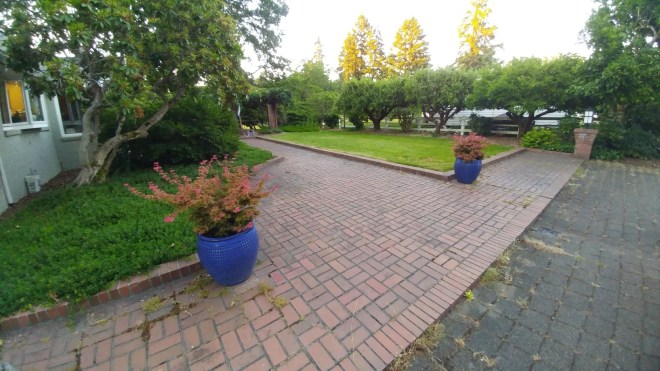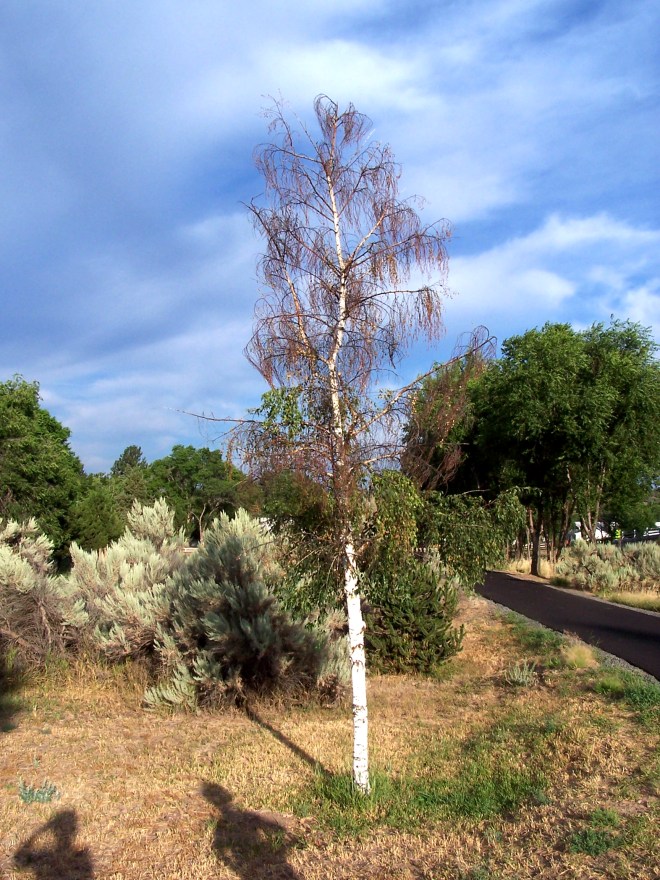Here in the Southeast we were surprised last week by a much earlier than usual freeze, putting an end to many gardens full of tender plants, although the cold was not deep enough to kill more cold-hardy species. In many parts of the region the frost came earlier than the 10% probability of frost indicating that early freezing conditions like this will come in fewer than one in ten years. Of course many of you in more northern interior parts of the United States have already seen your first frost this year, but here we never seem to be ready for it. In fact in parts of southwest Georgia last year’s first fall frost did not turn out to be until well into January, which caused a lot of problems for gardeners and farmers who had to deal with pests and diseases that easily overwintered the mild conditions.

Frost versus freeze
One of the questions I often get this time of year is what is the difference between frost and freeze? The National Weather Service (NWS) puts out both frost and freeze warnings but has different criteria for each. For a frost warning, the predicted temperature may not even get down to 32 F (0 C), but may hover in the mid 30’s. For a freeze warning the predicted temperature is expected to get down to 32 F or below and for a hard or killing freeze it usually gets down to 28 F or lower. Once the area has gotten down to 28 F or lower, the NWS usually stops issuing additional freeze warnings since at that point all but the most cold-hardy plants have completed their growing season and are either dead or dormant.

How does frost form if the temperature does not get down to freezing?
To understand frost formation and when warnings are issued it helps to know both how frost forms and how temperatures vary near the ground. Frost crystals form on surfaces that get down to freezing and have something on the surface that is conducive to seeding crystal formation. This can happen even when the air temperature is above freezing in conditions of light wind and clear skies that allow surfaces to cool to freezing temperatures by emitting heat radiation out to space at night when there is no incoming solar radiation. Conditions for this can occur with temperatures anywhere in the 30s with a reasonable amount of water vapor in the air and as long as the surface (a metal car body, an asphalt roof, or a blade of grass) can cool to the freezing point. At that point, anywhere on that surface that has an appropriate scratch, particle, or other imperfection can serve as a place for ice crystals to form and start to grow. These are called nucleation sites and allow the initial formation of an ice crystal upon which more ice can grow into delicate but visible frost.
Frost will not form if the humidity is too low because there is not enough moisture to produce visible crystals. Often frost does not damage the plants a lot because most of the frozen water is confined to the surface of the plant and does not affect the interior cell walls, although there may certainly be some damage where the ice forms. Large formations of ice crystals can sometimes form on trees or fences if the conditions are right; this is called hoar frost.

Frost forecasts are also provided with the understanding that the NWS is forecasting temperature values for their thermometer heights of about 2 meters or 6 feet high, since that is how they verify the accuracy of their forecasts. In light winds and clear skies the temperature at the ground level is often colder than the temperature at the thermometer height due to cold air sinking so the ground in your garden may be colder than the forecast would predict. Frost is also more likely to form on elevated surfaces that don’t have contact with the ground, since soil temperature keeps the ground surface warmer in Fall than later in the year due to residual heat from the summer warmth. Blueberry farmers that I work with tell me that you can sometimes see quite a difference in frost damage to their bushes from top to bottom due to the different temperatures that the plant may experience at different heights above the ground. Bridges often have signs that they freeze first for the same reason.

Freeze damage to garden plants
The NWS issues freeze forecasts when the temperature is expected to get down to or below 32 F. The damage that the freeze does to plants depends on how long the temperature drops below freezing and how susceptible the plant is to cold temperatures. If the temperature barely gets down to 32 F for a short period damage is likely to be minimal since the water inside the plant cells did not have sufficient time to freeze. But if it lasts longer the water in the cells freezes and, as you undoubtedly know, ice expands and breaks the cell walls causing irreversible damage to plant leaves and stems that leads to their death. John Porter provided a useful table of how different garden vegetables respond to cold temperatures in his 2020 blog on spring frosts, which underlines why some vegetables like spinach and cauliflower do better as late-season vegetables than tomatoes and melons.
The discerning reader who looks at John’s article will also note some differences between the first frost map he published in his blog and the map above, because they cover different time periods. John used the map for 1980-81 to 2009-2010, since that was the current one at the time of his post. The map here uses the 1990-91 to 2019-2020 period since the normal temperatures have been updated since John’s blog was published. Average frost dates change over time as you can see especially in some areas like eastern Oregon and northern New York State and generally, as the earth gets warmer, the first frost of fall is occurring later in the year than it did in the past (although there are a few exceptions such as parts of northern Georgia).

With winter on the way, we are sure to see many more examples of frosts and freezes in the coming weeks for almost everyone other than those who live in tropical areas. For those of us who enjoy chilly weather, the magic of frosts and freezes is something we look forward to as it paints our dying gardens in icy white.















